
Blue Mountains National Park is located in New South Wales, Australia, approximately 80 kilometers (about 50 miles) west of Sydney. The park is part of the larger Greater Blue Mountains Area, which is a UNESCO World Heritage site. It covers a significant portion of the Blue Mountains range and is known for its dramatic scenery, including steep cliffs, eucalyptus forests, waterfalls, and gorges. The park is a popular destination for outdoor activities such as hiking, rock climbing, and sightseeing.

Blue Mountains National Park was established in 1959. This designation helped protect its unique natural landscapes and biodiversity, making it one of Australia's most significant and cherished national parks.
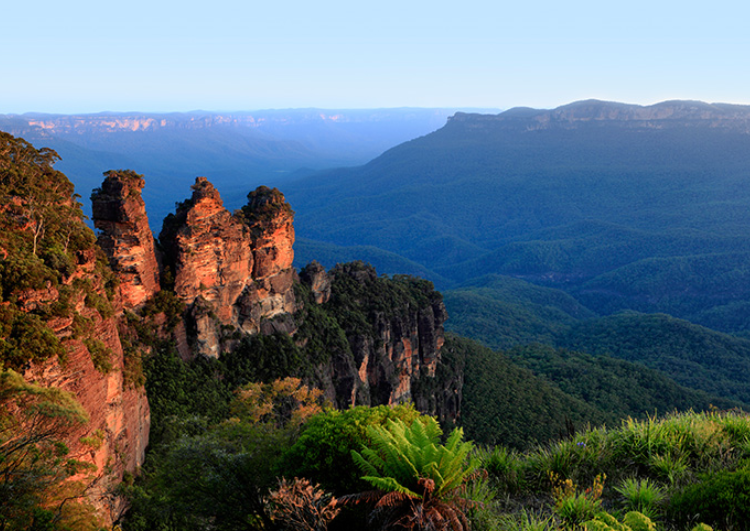
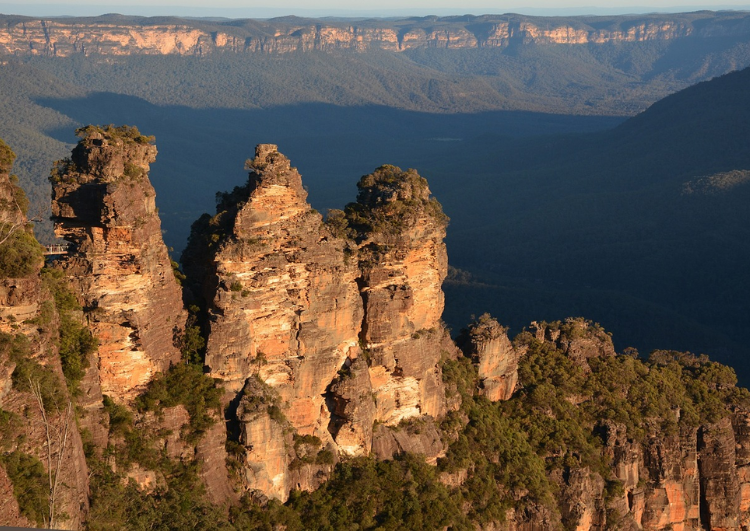
National parks are generally not "invented" by a single individual but are established through government legislation and conservation efforts. Blue Mountains National Park was created through the efforts of various conservationists, environmentalists, and government bodies who recognized the need to protect the area’s unique natural features and biodiversity. The establishment of the park in 1959 was a result of these collective efforts to conserve the natural landscape for future generations.
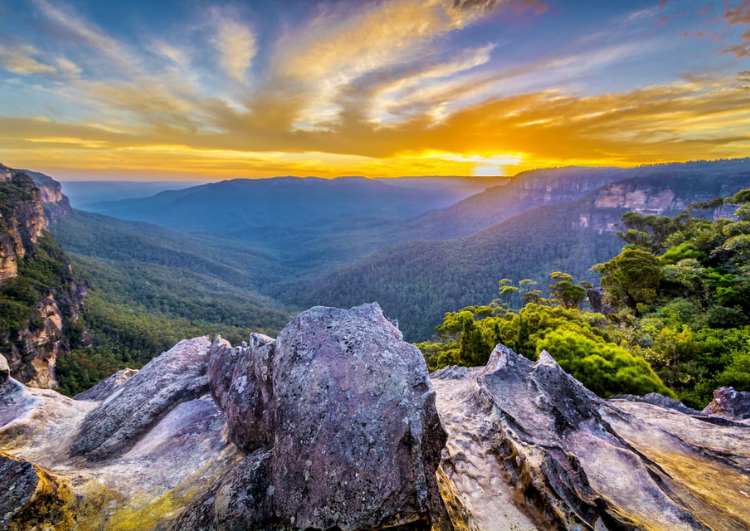
Blue Mountains National Park gets its name from the Blue Mountains range, which is characterized by a distinctive blue haze that often envelops the area. This blue hue is caused by the scattering of sunlight through fine droplets of oil released by the numerous eucalyptus trees in the region. The oil droplets mix with dust particles and water vapor, creating the blue-colored mist that gives the mountains their name.
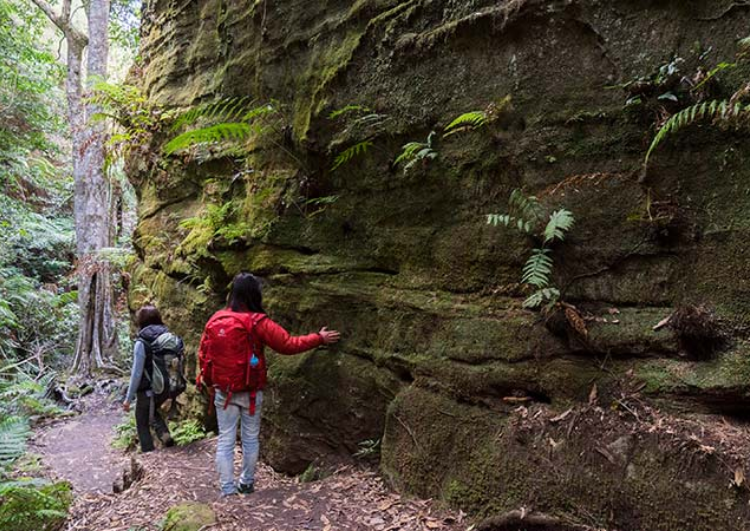
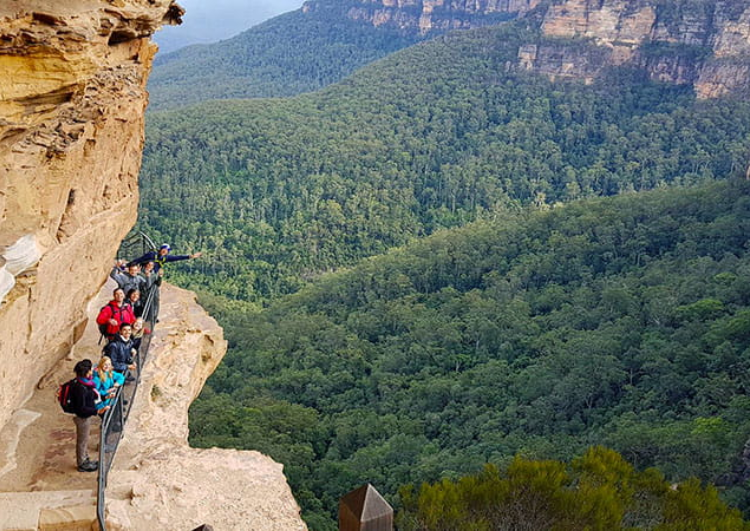
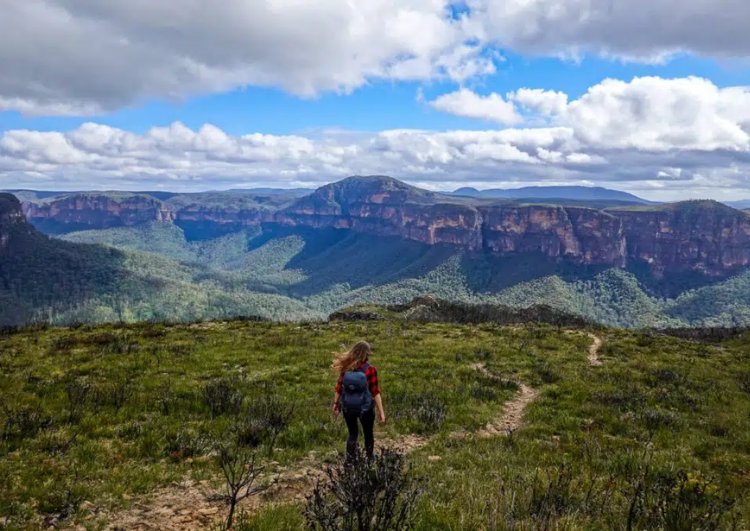

Blue Mountains National Park is ideal for hiking lovers for several reasons:
1. **Diverse Trails**: The park offers a wide range of hiking trails catering to all levels of experience, from easy walks to challenging treks. Notable trails include the Grand Canyon Walk, the Six Foot Track, and the Wentworth Falls Track.
2. **Scenic Views**: Hikers can enjoy stunning landscapes featuring dramatic cliffs, deep gorges, lush eucalyptus forests, and cascading waterfalls. Iconic viewpoints such as Echo Point and Govetts Leap provide breathtaking panoramas.
3. **Rich Biodiversity**: The park is home to diverse flora and fauna, including many endemic and rare species. Hikers have the opportunity to experience the unique Australian bushland and possibly spot native wildlife such as kangaroos, koalas, and a variety of bird species.
4. **Cultural Heritage**: The Blue Mountains area has a rich Indigenous heritage with significant Aboriginal sites, including rock art and carvings. Many trails offer insights into the cultural history of the traditional custodians of the land.
5. **Accessibility**: Located close to Sydney, the park is easily accessible for day trips or longer stays. Well-maintained trails and facilities enhance the hiking experience, making it convenient for visitors.
6. **Adventure Opportunities**: Beyond hiking, the park offers other adventure activities like rock climbing, abseiling, and canyoning, appealing to outdoor enthusiasts seeking varied experiences.
These features make Blue Mountains National Park a premier destination for hiking enthusiasts and nature lovers.
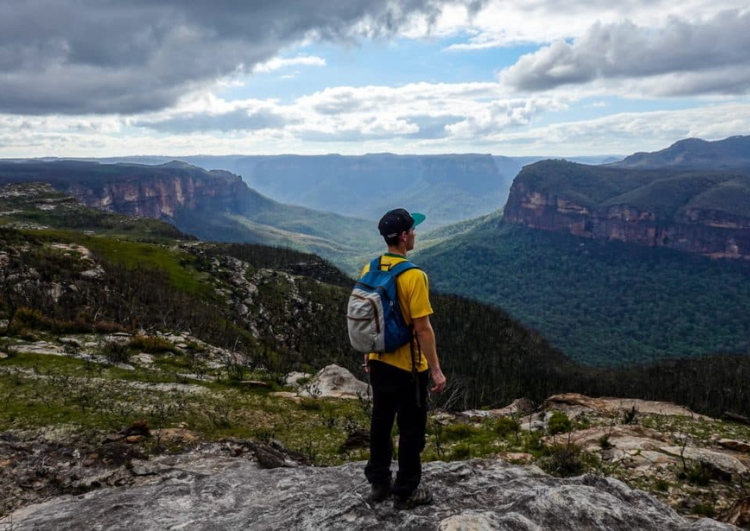




Blue Mountains National Park offers great hiking opportunities year-round, but each season brings its own unique advantages and considerations:
1. **Spring (September to November)**:
- **Advantages**: Wildflowers bloom, enhancing the beauty of the trails. The weather is generally mild and pleasant.
- **Considerations**: It's a popular time for visitors, so some trails might be busier.
2. **Summer (December to February)**:
- **Advantages**: Longer daylight hours allow for extended hikes. The lush scenery is at its peak.
- **Considerations**: It can get quite hot, especially in the middle of the day, so hikers should start early and carry plenty of water. Bushfire risk can be higher.
3. **Autumn (March to May)**:
- **Advantages**: Cooler temperatures make for comfortable hiking conditions. The changing leaves add beautiful colors to the landscape.
- **Considerations**: Trails are generally less crowded compared to spring and summer.
4. **Winter (June to August)**:
- **Advantages**: Clear, crisp air provides excellent visibility and stunning views. There are fewer tourists, offering a more serene experience.
- **Considerations**: It can be quite cold, especially at higher elevations, and some trails might be frosty or slippery. Proper warm clothing and gear are essential.
Regardless of the season, it's important for hikers to be prepared with appropriate clothing, sufficient water, and knowledge of the trail conditions. Checking weather forecasts and park alerts before heading out is always a good practice.